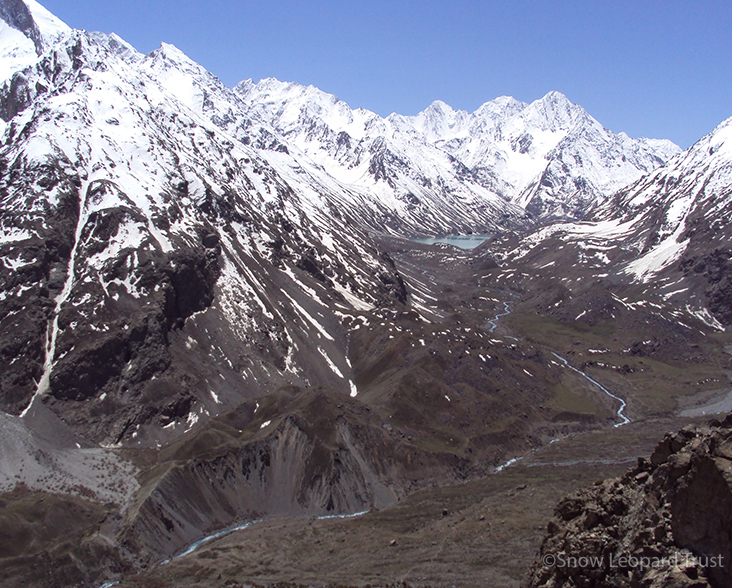Situated in southern Asia just north of the Tropic of Cancer, Pakistan lies at the intersection of three of the world’s eight biogeographical realms—Afrotropical, Indomalayan, and Palearctic—and is rich in biodiversity.
A little over three times the size of Britain, Pakistan encompasses an enormously varied topography. Two-thirds of the country is mountainous. Mountain ranges and plateaus comprise the western half of the country and along the borders with Afghanistan and Iran, and the north of the country to the border with China is traversed by the Himalayas, reaching 8,611 m at K2, the world’s second-highest peak. In the south-east, the Indus River Valley widens to a low-lying irrigated alluvial plain that extends towards the eastern border with India and marks the western end of the vast Indo-Gangetic Plain. Pakistan’s temperate climate is equally diverse. Although predominantly an arid and semi-arid country, it becomes progressively cooler in the northern mountains and the Himalayas, which receive the most monsoon rainfall.

